So a few friends were not sure or do not understand why I decided to disband iLOGiC and essentially cease any progress with the business, so I decided that it was only fair to elaborate on that decision.
I want to make it clear that there were many reasons for the decision and not just a single one. Though I did mostly mention the changes to the ToS made in August of 2013, that alone was not the reason to give-up on doing business in SL. Aside from the already mentioned ToS scandal, the abhorrent content piracy has gotten out of hand as of late and it has never been more difficult to develop content for SL for several reasons. I’ll touch upon the first two points mentioned as the rest can sound more like whining.
First however, I want to touch upon the changes to the ToS. If you haven’t read the controversial section of the new ToS, I have conveniently quoted it below – so read it!
2.3 You grant Linden Lab certain licenses to your User Content.
You retain any and all Intellectual Property Rights you already hold under applicable law in Content you upload, publish, and submit to or through the Servers, Websites, and other areas of the Service, subject to the rights, licenses, and other terms of this Agreement, including any underlying rights of other users or Linden Lab in Content that you may use or modify.
In connection with Content you upload, publish, or submit to any part of the Service, you affirm, represent, and warrant that you own or have all necessary Intellectual Property Rights, licenses, consents, and permissions to use and authorize Linden Lab and users of Second Life to use the Content in the manner contemplated by the Service and these Terms of Service.
Because the law may or may not recognize certain Intellectual Property Rights in any particular Content, you should consult a lawyer if you want legal advice regarding your legal rights in a specific situation. You acknowledge and agree that you are responsible for knowing, protecting, and enforcing any Intellectual Property Rights you hold, and that Linden Lab cannot do so on your behalf.
Except as prohibited by law, you hereby waive, and you agree to waive, any moral rights (including attribution and integrity) that you may have in any User Content, even if it is altered or changed in a manner not agreeable to you. To the extent not waivable, you irrevocably agree not to exercise such rights (if any) in a manner that interferes with any exercise of the granted rights. You understand that you will not receive any fees, sums, consideration or remuneration for any of the rights granted in this Section.
Except as otherwise described in any Additional Terms (such as a contest’s official rules) which will govern the submission of your User Content, you hereby grant to Linden Lab, and you agree to grant to Linden Lab, the non-exclusive, unrestricted, unconditional, unlimited, worldwide, irrevocable, perpetual, and cost-free right and license to use, copy, record, distribute, reproduce, disclose, sell, re-sell, sublicense (through multiple levels), modify, display, publicly perform, transmit, publish, broadcast, translate, make derivative works of, and otherwise exploit in any manner whatsoever, all or any portion of your User Content (and derivative works thereof), for any purpose whatsoever in all formats, on or through any media, software, formula, or medium now known or hereafter developed, and with any technology or devices now known or hereafter developed, and to advertise, market, and promote the same. You agree that the license includes the right to copy, analyze and use any of your Content as Linden Lab may deem necessary or desirable for purposes of debugging, testing, or providing support or development services in connection with the Service and future improvements to the Service. The license granted in this Section 2.3 is referred to as the “Service Content License.”
Linden Lab has no obligation to monitor or enforce your intellectual property rights to your User Content, but you grant us the right to protect and enforce our rights to your User Content, including by bringing and controlling actions in your name and on your behalf (at Linden Lab’s cost and expense, to which you hereby consent and irrevocably appoint Linden Lab as your attorney-in-fact, with the power of substitution and delegation, which appointment is coupled with an interest).
The entire ToS can be found here.
In case that 786 word sentence in the second-to-last paragraph was confusing to anyone, it basically says that residents grants LL full rights to the content they upload into SL. ALL of the rights. ALL of…. that – that’s it. Everything. I don’t know how else to elaborate on ALL OF THE RIGHTS especially considering they already did so in a 786 word sentence. So if a resident uploads a picture of their smiling face, the resident agrees that LL can use that picture in any way they want: display it in commercials, sell it in products or to other companies, edit it, defame it, print it out and post it all over their offices – anything you can imagine. That’s what that sentence essentially says.
However, it only gets worse as you continue to read the ToS. The ToS also says that LL doesn’t have to do anything about protecting residents’ rights to their content but that they have the right to protect their own content (does that make any sense considering that it’s the same content?) and will act on the behalf of residents as their attorney to do as they please in the court of law. Think about that next time you wonder why it’s so easy to copybot.
I’d also like to point out that section 2 also mentions that LL gets these rights for absolutely free. I think that pretty much argued my point for me by itself.
Now, ignoring the obvious ethical problems with forcing residents to grant LL full rights to their property in order for them to use SL, I think it should be fairly obvious why this change to the ToS that grants LL super-rights to User Content (content uploaded by residents) is very problematic for residents. It promotes fear and confusion among residents that are a part of a community that already suffers from a lack of proper communication with LL. Terms like these need to have conditions and limits in order to make more sense and to at least read like there’s some hope of protection for residents. Before, the ToS said LL had a bunch of rights to User Content but they were limited to SL. That means they couldn’t sell User Content to other companies, for instance. Now, however, they can do anything they want with the User Content without any sort of limit. It’s beyond overreaching – it’s nefarious quite frankly. When they didn’t have the ability to sell outside of SL, there was a limitation and that limitation helped protect residents’ IP. Now say because the new CEO thinks it’s a great idea to fund the next chat-window massacre development, he wants to make a few extra bucks and decides to sell off a few resident generated assets. Think about it – your work could fund the next excuse-for-a-chat-window “upgrade” to the client.
Of course LL said some stuff and blogged some things about stuff… something optimistic and encouraging I’m sure. Maybe something about how they’re doing this to protect us? That we some how benefit from it? That they’re sorry? I’m sure they said some things that totally justify the new changes to the ToS. Except none of that is written down in any legal form. Nothing they said matters. It really doesn’t matter what they say, only what they do or in the case of our fears of the ToS, what they’re capable of doing. I for one do not believe their word is worth anything compared to what is written down in the ToS.
With that said, as far as my response to those who have “faith” in LL to respect the wishes and intentions of the residents who upload their own IP, I repeat what I said above – I do not believe their word is worth anything. LL has given residents no reason to trust them. Ignoring intentions, there is plenty of objective evidence that LL is incompetent when it comes to fixing problems residents have had for ages – both technical and otherwise. (Copybot anyone? Or maybe the content piracy? How about group-chat bugs?)
The new changes to the ToS are so contraversial and disliked, that even websites like Renderosity.com have had to react to it. Here is a link to a page in Renderosity’s website explaining that due to the changes to the ToS in August of 2013, they no longer allow their content to be uploaded to Second Life. They understand what LL is capable of doing with the content and have to do what they can to protect themselves.
Section 2.6 of the ToS does mention that if residents delete their content from SL, both content that is out of their inventory and in it, then that copy of the content is exempt from the license. However, this is only true if they haven’t already gotten an opportunity to get a copy of it. Once they have a copy of it, or another resident does for any reason, then the license still applies to THOSE copies of the content. In other words, anything residents sell belongs to LL as soon as there is another copy.
Now, I brought up something a few times above that brings me to the next topic: Content Piracy.
This has been a problem for a long time now. Everyone knows the rampant sharing of textures ripped from various video games, such as Half Life 2, has been going on for years now. However, in the past few months or so, I’d say since the summer of 2013, there has been a flood of ripped content being uploaded to Second Life. I have seen so much more ripped content with my own eyes than ever before and it has been detestable and very discouraging. Character models from just about every video game I can think of have been ripped and poorly implemented into SL.
Besides obvious ethical concerns with stealing IP and making money off of it, and besides the fact that it’s against the ToS and the micro-contract people must agree to when they’re allowed to upload meshes, ripped content makes it very difficult for me to run a business. I don’t think I have to argue those points I made at all, just the point that ripped content makes my business much more difficult to run. In fact, I will not argue those points at all here because I think that those points are being sufficiently argued in more appropriate forums. However, as far as screwing content developers such as myself goes…
If the market becomes flooded with content made by professional video game developers, then it makes my business as an amateur content developer harder. When the market is flooded with content made by professional video game developers and sold for very little or simply distributed for free, then it completely makes me uncompetitive. That is what happens when people rip content. I suspect content-rippers want to undercut other competitors to make the most money they can and as quickly as possible so they place low prices on the content they didn’t even make. Either way, it makes the rest of us who do place fair prices for our hard work and creative talents become very uncompetitive.
Now I mentioned unfair prices and fair prices not just because ripping content from other games and uploading them to SL is illegal and against the ToS, but also because the items themselves are under-valued. Do you have any idea how much money it cost Bioware to develop the Commander Shepard character model? More than $2, I assure you; something easily in the thousands of dollars. Yet the people who end up ripping content choose their pricing based on frivolous reasons and already flawed logic (if they believe what they are doing is logical and/or ethical, then it sort of sheds light on their flawed logical thinking.) People who try to place fair prices on their goods do so with many variables in consideration including the time it took to make the content, the money spent on making the content, and emotional attachment to the content they make.
What’s worse is that if the ripped content gets popular enough, and it’s hard to see why they wouldn’t, they can push legitimate goods farther back in search queries making them harder to find.
So when people rip content and upload it to SL and distribute it, actual content developers end up losing quite a bit. The smaller the content developers are, the harder it is for them to compete against high quality stolen goods being distributed for cheap/free. This will slowly begin to destroy the market in SL. (Not to mention discourage content developers from developing anything.)
There are many other reasons why SL has become an uncomfortable and ineffective place for me to run a business, but I feel the two previous points I mentioned were by far the most important. Without so much as a hint of a way for me to protect my business and having to compete against content piracy, running a business in SL is no longer an option for me. I hope you can understand my position and why I chose to shut iLOGiC down. Besides protesting against them and ceasing to do business in SL, there’s nothing else that I can do.
I’ve actually got one more thing to say. I’d like to mention that if you are reading this and you yourself have knowingly purchased or accepted stolen content, then I have one thing to ask: If you care about original content development in SL, please consider my words and stop propagating content piracy and thank you very very much.
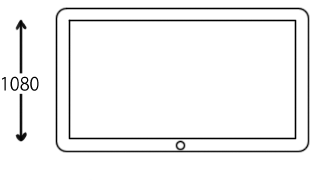
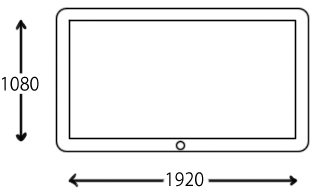

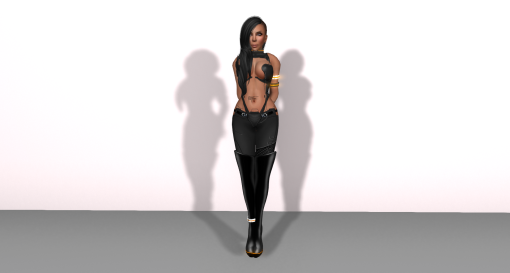
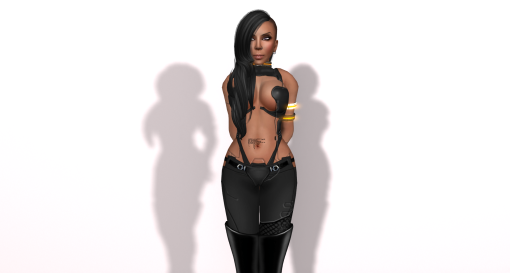
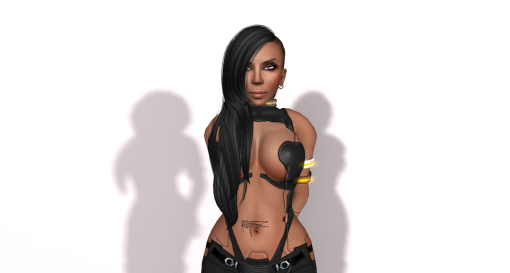
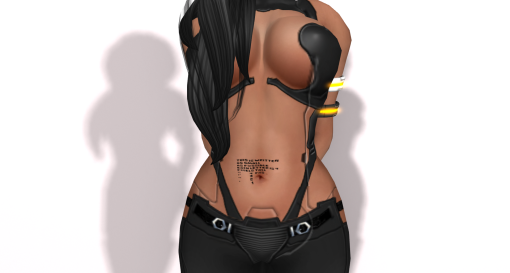
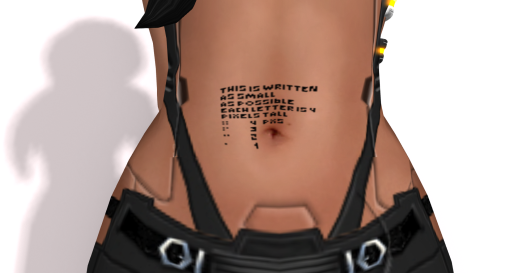


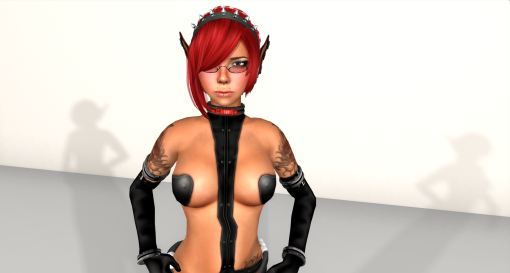

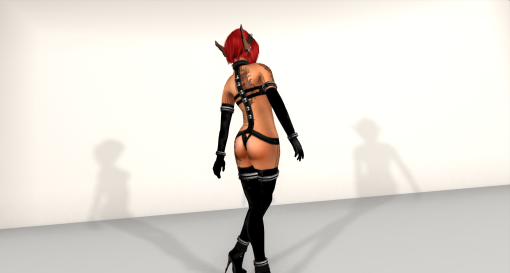
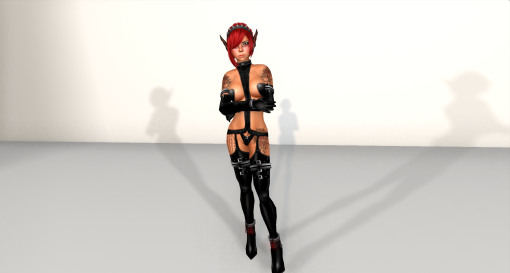
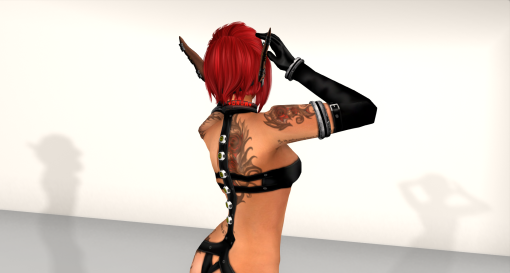
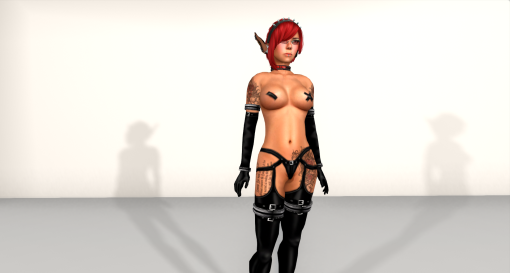
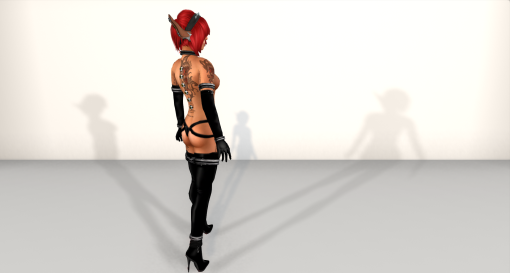








You must be logged in to post a comment.